String theory could reshape our understanding of the Universe’s accelerating expansion and unlock the mysteries of dark energy.
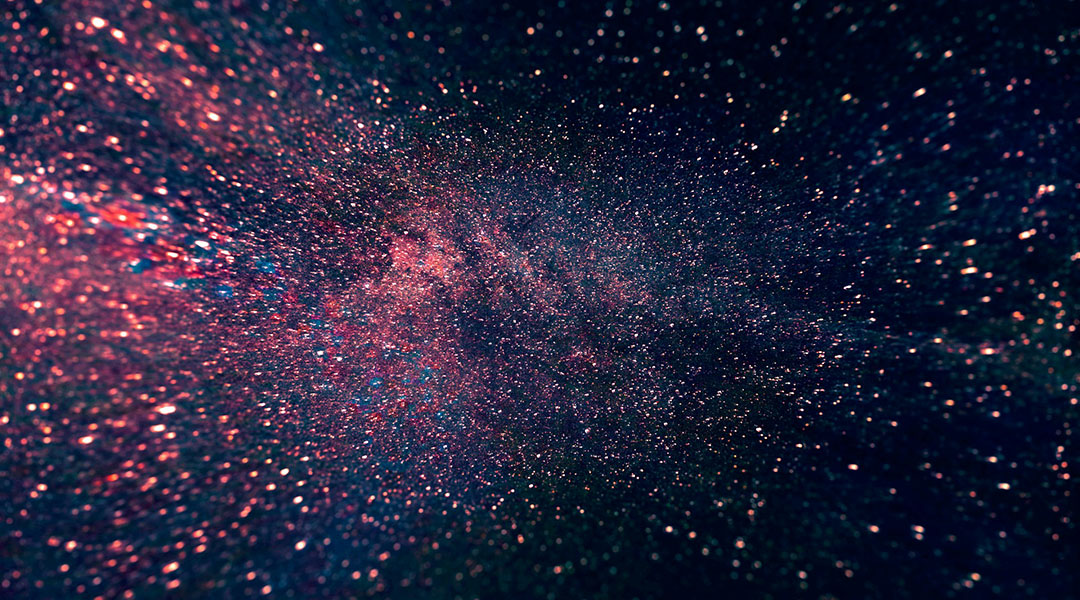

String theory could reshape our understanding of the Universe’s accelerating expansion and unlock the mysteries of dark energy.

Scientists theorize that cosmic strings interacting with dense matter in the early universe provided the seeds for galaxies and black holes.
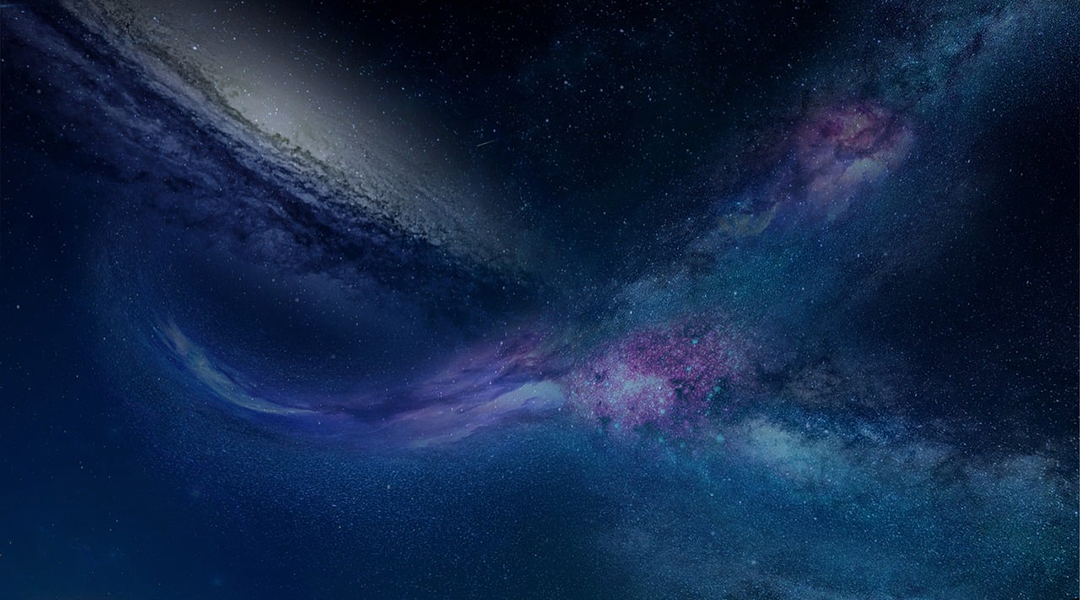
The discovery of colossal structures like the Big Ring is reshaping established theories about the physics of the Universe.
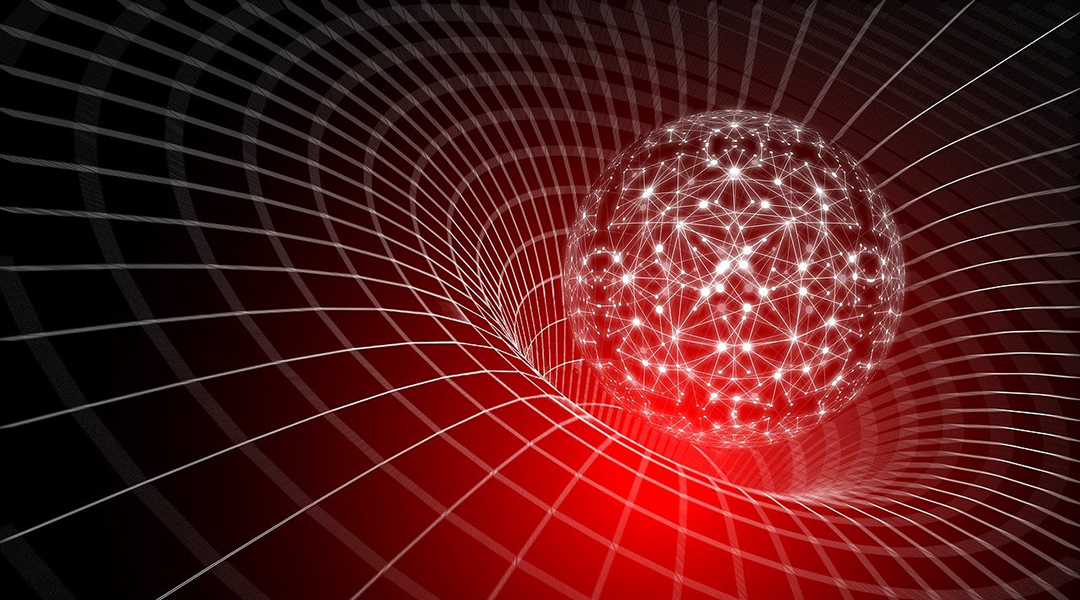
Adding extra dimensions to a theory known as “fuzzy gravity” may help bridge the gap between quantum mechanics and relativity.
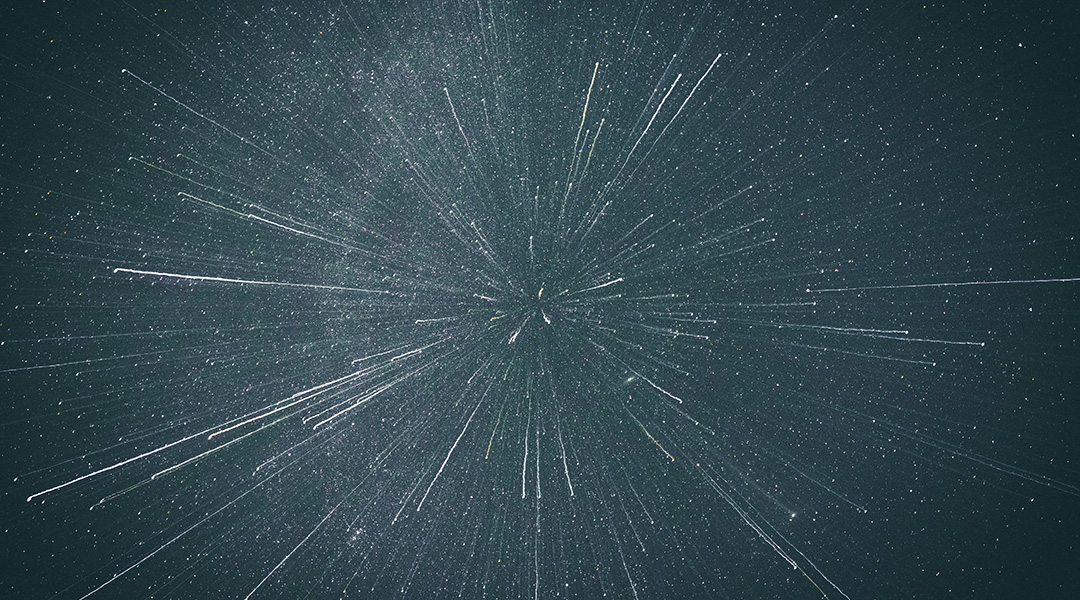
By adding primordial magnetic fields to the Standard Model, researchers may solve the mystery of the Universe’s expansion.
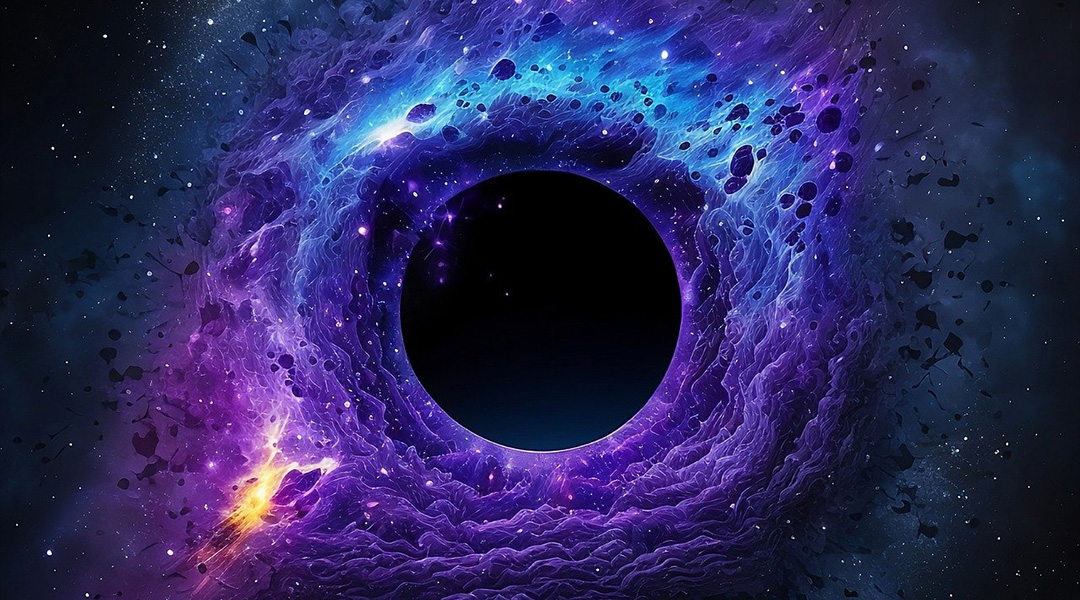
Tiny interactions between dark matter particles may resolve discrepancies between theory and astronomical observations caused by quantum tunneling.
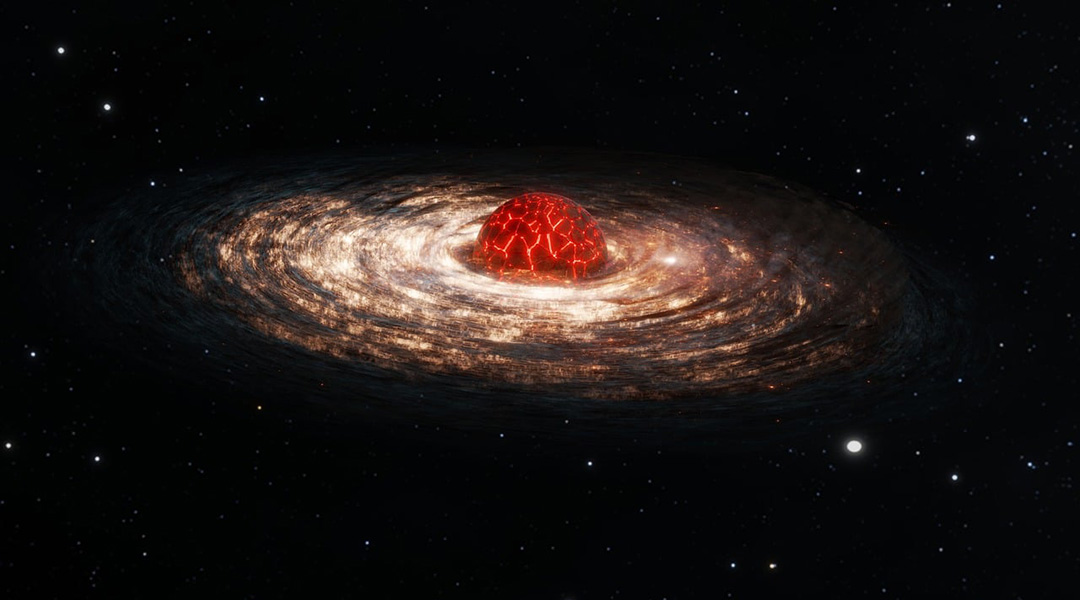
While dark matter’s enigmatic nature persists, Proca stars made of dark photons could help shed light on this cosmic mystery.
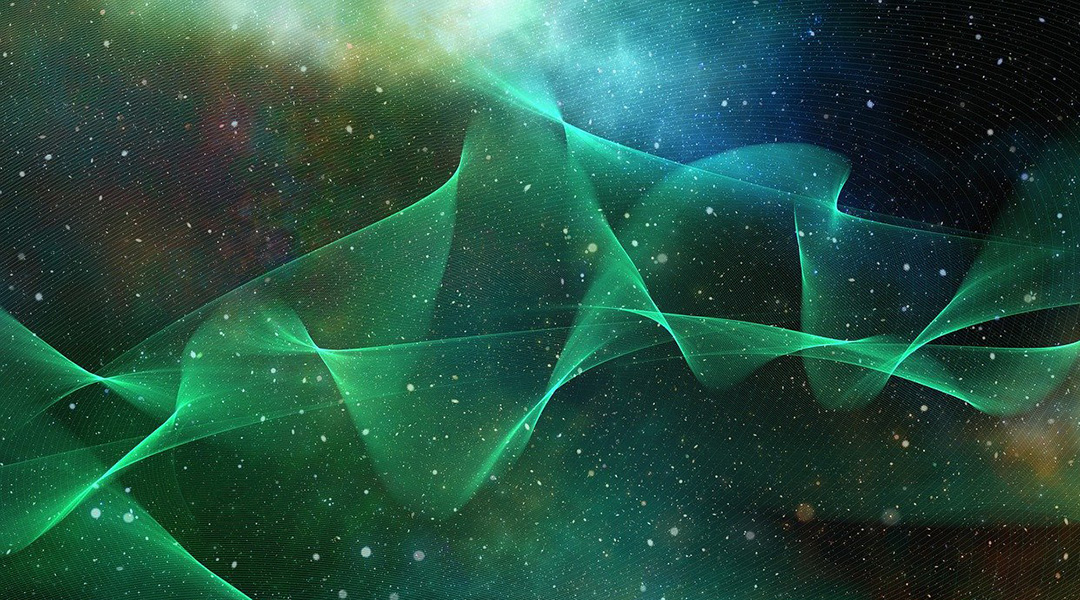
Upcoming space experiment sets sights on encrypted quantum communication, which could also provide valuable insights into quantum gravity.
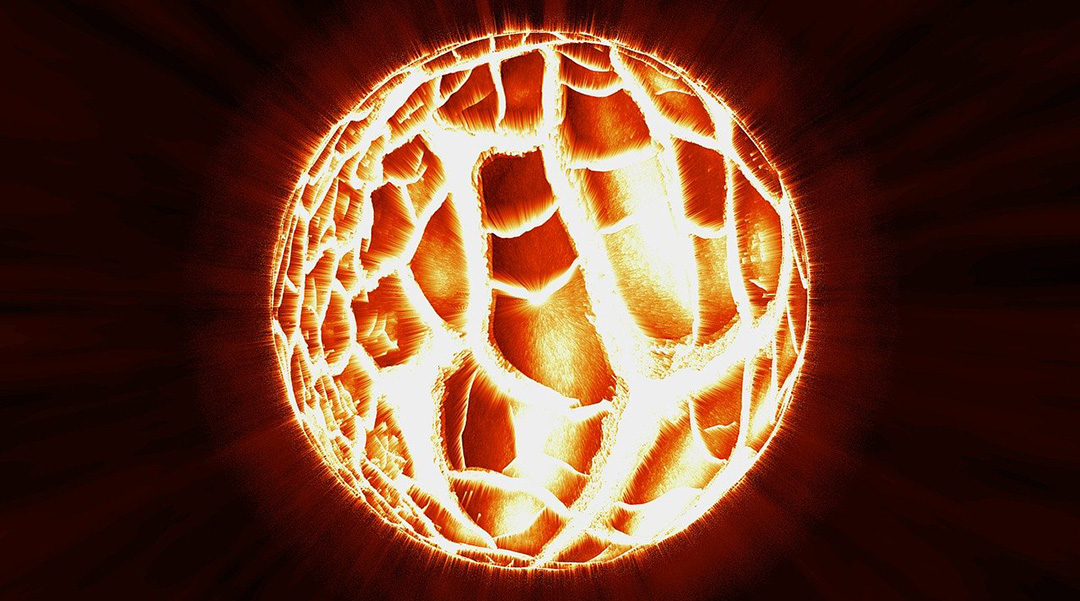
Massive neutron stars have such enormous pressure in their cores that neutrons residing there lose their integrity and become a new type of matter.
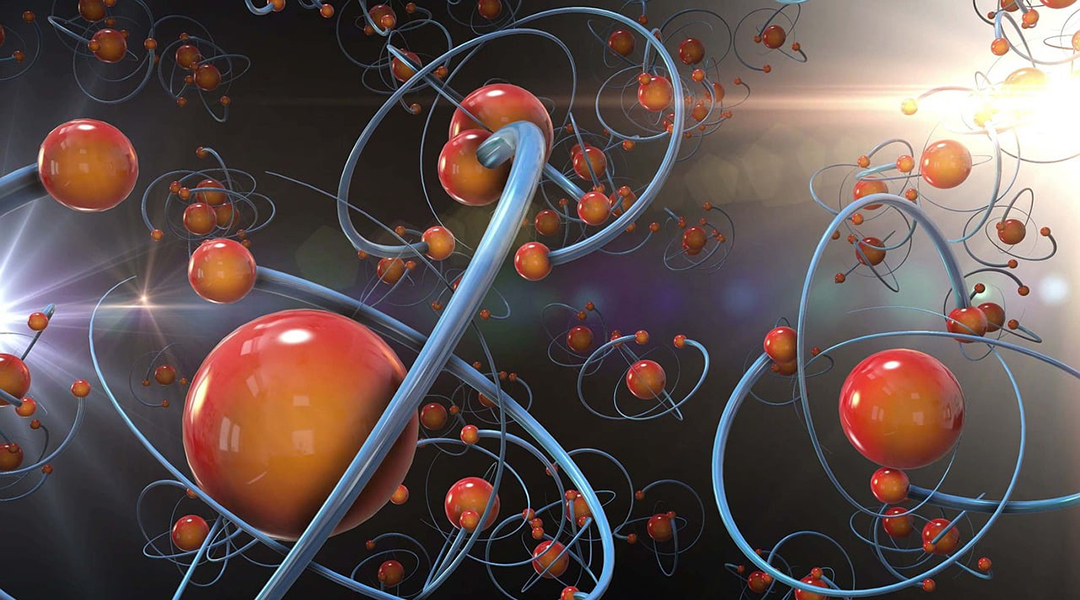
Even a well-established theory like the Standard Model is not accurate all the time, and there are phenomena that defy its predictions.